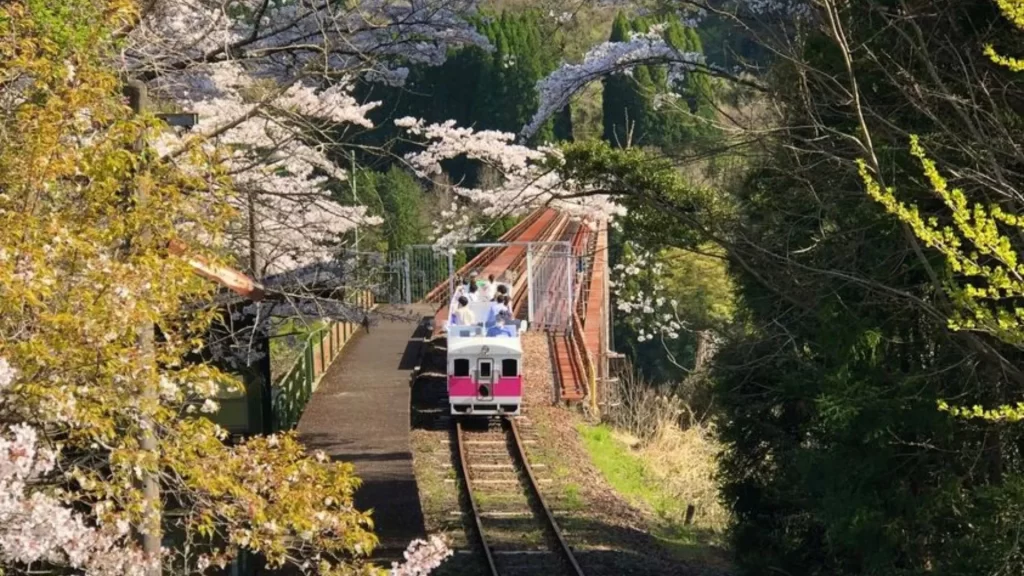Runaway Ramen: Japanese Railway Turns Food Into Fuel
The Amaterasu Railway in Japan is a unique train that runs on ramen broth instead of traditional diesel fuel. The train is named after Amaterasu, the Japanese goddess of the sun, and it’s powered by an innovative technology that converts waste oil from ramen shops into usable fuel.

The idea for the Amaterasu Railway came from Tatsuhiko Kawasoe, an engineer who was inspired by the idea of turning waste into energy. He noticed that many ramen shops in Japan discarded large amounts of waste oil every day, and he saw an opportunity to use that waste to power a train.
Kawasoe and his team developed a system that collects the waste oil from ramen shops and converts it into biodiesel fuel. The fuel is then used to power the train’s engine, which runs on a modified diesel engine.
The Amaterasu Railway is not only an innovative way to reduce waste and promote sustainable energy, but it’s also a tourist attraction that has become popular with both locals and visitors to Japan. It runs on a route between the cities of Wakayama and Shirahama, and passengers can enjoy beautiful views of the coast and countryside as they travel.

The train has also become a symbol of Japanese ingenuity and creativity, showcasing the country’s ability to find innovative solutions to everyday problems. It’s a great example of how sustainability and tourism can work together to create a unique and memorable experience for travelers.
Overall, the Amaterasu Railway is a one-of-a-kind train that combines sustainability, delicious food, and scenic views into an unforgettable experience. It’s a testament to Japan’s commitment to innovation and sustainability, and it’s sure to leave a lasting impression on anyone who rides it.
